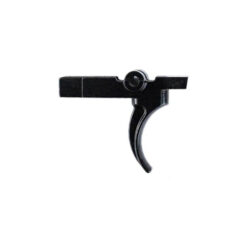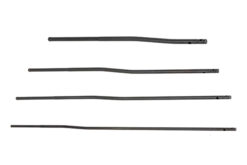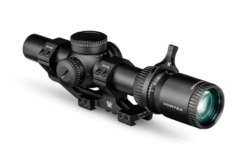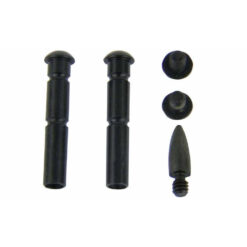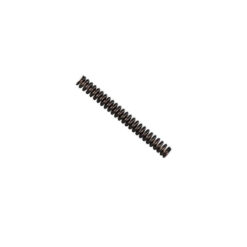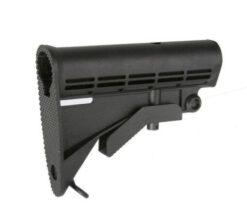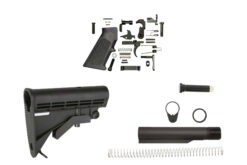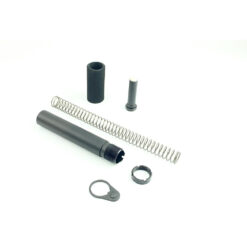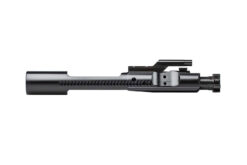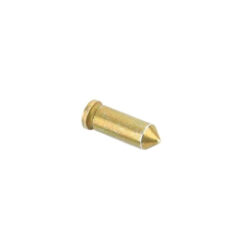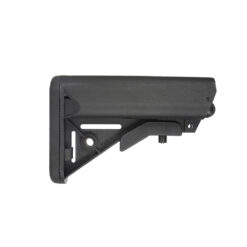Save 36%
MSRP: $69.95
$44.95
Save 8%
MSRP: $23.95
$21.95
Save 31%
MSRP: $15.95
$10.95
Save 17%
MSRP: $22.95
$18.95
Save 24 – 27%
MSRP: $18.99 – $20.99
Price range: $13.95 through $15.95
Save 20%
MSRP: $29.95
$23.95
Save 9%
MSRP: $10.99
$9.99
Save 34%
MSRP: $529.99
$349.95
Save 15%
MSRP: $19.95
$16.95
Save 9%
MSRP: $10.95
$9.95
On-Sale
Save 50%
MSRP: $9.95
Original price was: $6.95.$4.95Current price is: $4.95.
Save 33%
MSRP: $14.95
$9.95
Save 10%
MSRP: $0.99
$0.89
Save 9%
MSRP: $1.09
$0.99
Save 12%
MSRP: $16.95
$14.95
Save 43%
MSRP: $69.95
$39.95
Save 14 – 26%
MSRP: $26.95 – $28.95
Price range: $19.95 through $24.95
Save 32%
MSRP: $109.95
$74.95
Save 28%
MSRP: $39.95
$28.95
Save 6%
MSRP: $49.95
$46.95
Save 43%
MSRP: $69.95
$39.95
Save 39%
MSRP: $139.95
$84.95
Save 10%
MSRP: $0.99
$0.89
Save 9%
MSRP: $54.95
$49.95



